Are you struggling to get your toddler to eat meats, like beef? If so, here are some easy tips and strategies, plus plenty of meal ideas to encourage your child to eat a variety of foods.
I’ve shared how to serve beef to babies based on age as well as easy meal ideas and recipes. Beef in particular, is a good source of iron and choline and also rich in other key nutrients like protein, zinc and B-vitamins that help make every bite count.
In this post, I am sharing how to make beef more appealing and doable for toddlers!
“This post is a collaboration with Beef. It's What's for Dinner, on behalf of the Beef Checkoff. I received compensation, but all opinions are my own"
Jump to:
Is beef good for toddlers?
While there’s much focus on the iron needs for babies, it continues to be a very important nutrient for toddlers. The iron requirement for 7-12 months is 11 mg/day, and while iron needs go down after the first year of life, iron requirements for 1-3 years is still 7 mg/day.
There are many food sources of iron, but beef is an EASY way to make sure your child is getting enough of this vital nutrient. That’s because it contains heme-iron, which is highly absorbable.
It’s also a convenient source of high-quality protein, zinc, and choline, essential for supporting their growth and healthy brain development.
Why won't my child eat beef (or meat)?
If you’re asking this question, first know that you are NOT alone. Many parents have shared with me that their child used to love beef as a baby, but have developed pickier habits as a toddler.
Your child may push foods away at this stage of development for many reasons. Certain textures, flavors, colors, and smells may cause them to reject the foods you give them. That is completely normal.
However, there are plenty of ways to cook and present beef to pique your toddler's interest and excitement!
How to cook beef for toddlers
To make sure your beef will be tender and juicy, and to avoid under- or overcooking, I highly recommend getting an instant read thermometer.
All beef should be cooked to 160°F, but the process to get there may be a little different depending on the cut.
- To check the temperature of ground beef, insert your thermometer into the center thickest part of a meatloaf, patty or meatball for an accurate reading.
- For steaks, insert the thermometer horizontally from the side so it penetrates the thickest part of the center of the steak, not touching the bone or fat.
- After cooking, let it rest before serving. Note that beef will continue to cook once you have removed it from heat. You can remove the meat from heat at a lower temperature, as long as you check for an internal temperature of at least 160F before slicing and serving.
- For roasts, insert an ovenproof meat thermometer prior to roasting (into the thickest part of the roast, not resting in fat or touching bone) and leave in throughout the cooking process.
- Or, insert an instant read thermometer toward the end of the cooking time (as described above) for about 15 seconds. Remove thermometer and continue cooking, if necessary. The temperature will continue to rise 5ºF to 15ºF after removing from oven to reach desired doneness. Allow 15 to 20 minutes standing time.
Tips for getting your toddler to eat beef
Be mindful of portions

When introducing a new recipe or texture, less is more, so be sure to take baby steps. Try serving a small portion of beef (can be just 2-3 pieces) alongside foods they love and feel safe around.
Beef packs a nutritious punch so you don’t need a whole lot to get important nutrients for growth and development. Just 1-2 ounce of meat per day can help meet key nutrients and energy requirements.
Pictured: My son absolutely LOVES watermelon and vegetable French toast so I served them alongside a small portion of beef and broccoli, two foods he learned to enjoy with consistent exposure over time..
Related post: Repeated Exposure to Foods
Choose the right size bite for your toddler
When first introducing solid foods to 6-8 month old babies, a thick strip of beef is an awesome way to introduce them to beef’s unique flavor and textures. They will suck on the juices, which can provide some dietary iron.
As they get older, toddlers are safe to enjoy a variety of other textures. You may want to start with Ground Beef and then progress to soft finger foods like shredded beef or thin slivers of steak.
Once your child has had more practice, you can start offering larger, tender, bite sized pieces they can grasp and pick up like halved meatballs and even soups or beef pasta they can feed themselves with a spoon.
Learn more about how to safely prepare and introduce beef to your infant or toddler.
Make it easier to eat
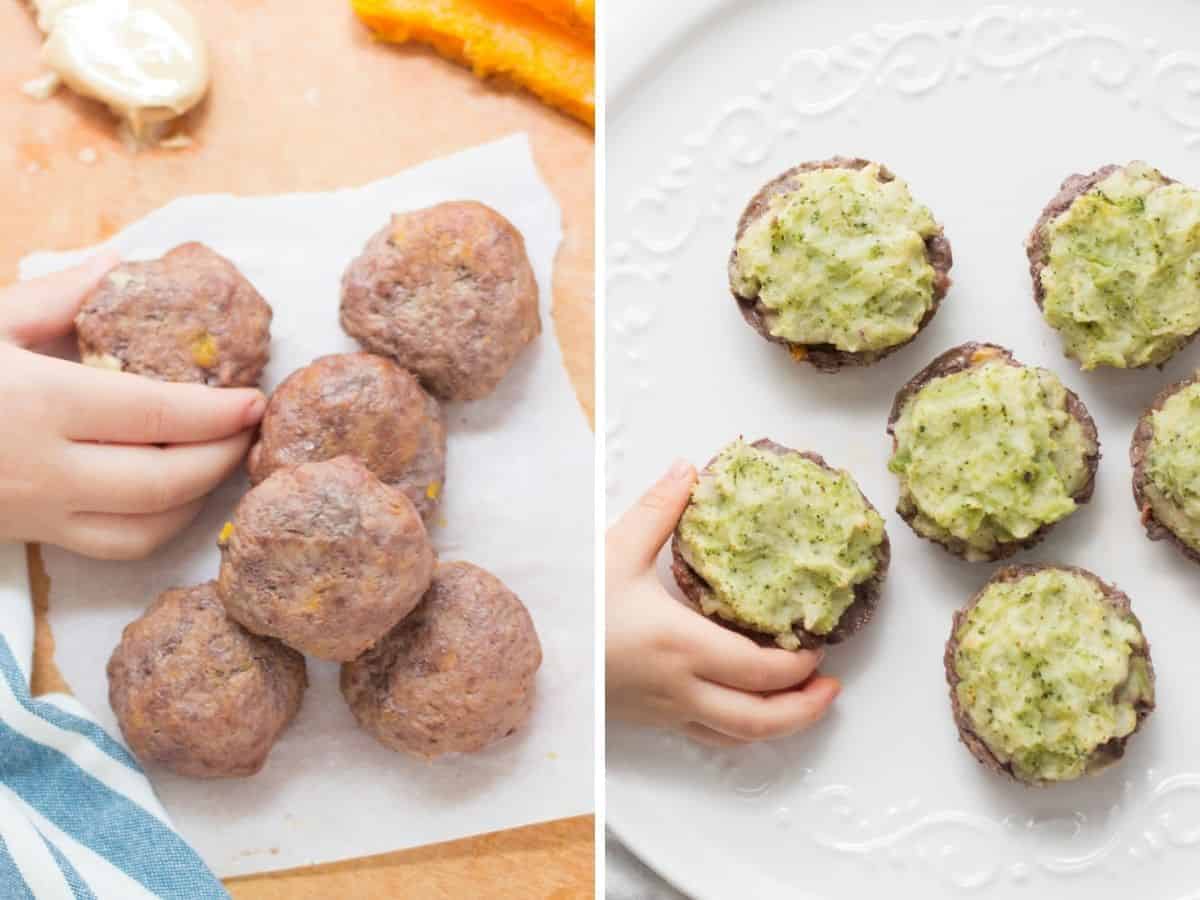
Since texture is oftentimes the issue, cook beef so it’s soft and tender, which makes it easier for your toddler to chew. When choosing cuts, do stick to those that are not too lean – fat adds moisture so it’s easier to chew.
Put your slow or pressure cooker to work! You will be able to achieve tender, juicy meat with minimal effort. Marinating is also a good method to keep beef tender and moist.
Ground Beef is a convenient and versatile ingredient, and my freezer is never without it.
Here are some ideas:
Add New Foods to their Favorite Foods

By exposing your baby to a variety of flavor and textures - this helps them on their journey to becoming more adventurous and less picky eaters.
And as mentioned above, if your toddler is initially skeptical about trying beef, start with a small amount (for instance, a sprinkle of ground beef in a quesadilla or pasta) and gradually add more, following your child’s cues.
Or try different preparations or textures until you find something they’ll love. Here are some recipes for introducing beef:
- Pizza Quesadilla
- Philly Cheesesteak Muffins (recipe from my Comfort Meals cookbook)
- Homemade hamburger helper
- Pizza
- Vegetable Fries with BBQ beef chili
- Baked spaghetti pie
Serve with sauces or dips
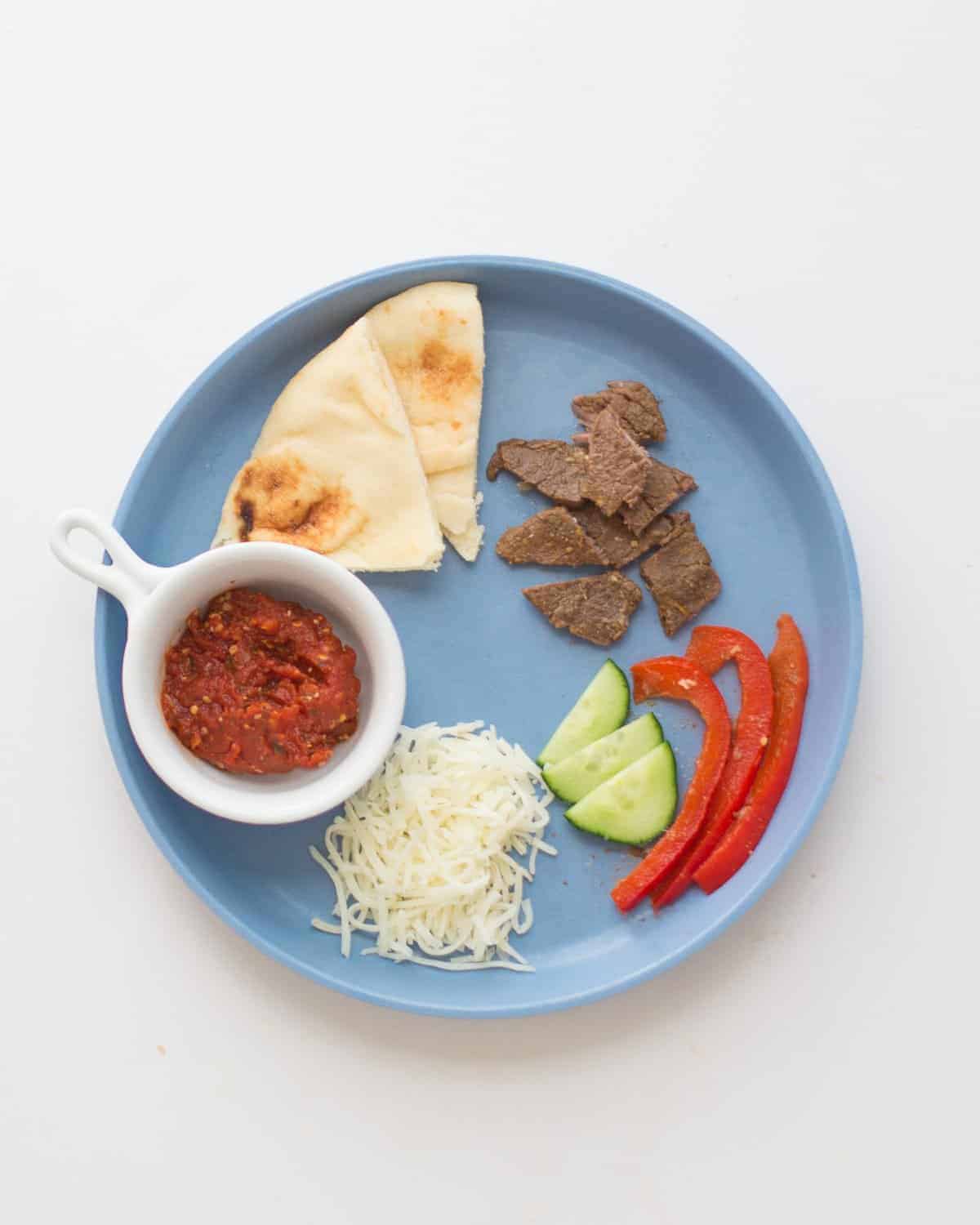
Kids love to dip! Along with the element of fun, it can also help to enhance the flavor of beef. Try:
- Pizza sauce
- Hummus
- Pesto
- Peanut sauce,
- Yogurt
- cream cheese
- even applesauce!
Think outside the box! Some combinations might seem strange, but it could be a hit with your toddler!
For instance, my son didn't eat broccoli for months, but then one day I served it with peanut butter, and he couldn't eat it fast enough.
PIctured: deconstructed pizza
Invite Fun

- A small change can make all the difference! Try serving small pieces of beef or any “new” food with food picks (love these!) They truly are magical and are sure to put a smile on your child's face! Be sure to consider your child’s ability to safely handle sharp objects.
- You can also try putting beef pieces on a stick along with fruits, veggies, and cheese. A super easy kabob!
- Switch things up by serving food in a muffin tin or lunch box rather than their usual plate/bowl.
- Or instead of a fork, try serving with mini tongs!
Cook together
There are so many benefits to cooking with your toddler. It can help build a positive relationship with food as your child learns about new foods through using all of their senses. It's also an awesome way to spend quality time together.
However, this can get a bit stressful. To help make cooking together fun for both you and your child, first consider their age.
Here are some tasks you can encourage your child to try:
- For 1-2 year olds: washing fruits and vegetables, stirring room temperature ingredients, adding ingredients to a blender.
- For 3-5 year olds: pouring ingredients into a bowl, cutting fruits and vegetable with kid-friendly knife, tearing green leafy vegetables, mashing vegetables, sprinkling herbs.
Additional tips to help make cooking together safe and enjoyable.
- Pick a time when you're not in a hurry because things will inevitably take longer.
- Choose a very simple menu together by asking your child by asking what they would like to help make.
- Make sure your child is safe and comfortable - I love this compact learning tower.
- Play some music in the background. Lately The Wiggles have been joining us for cooking time.
Serve family style
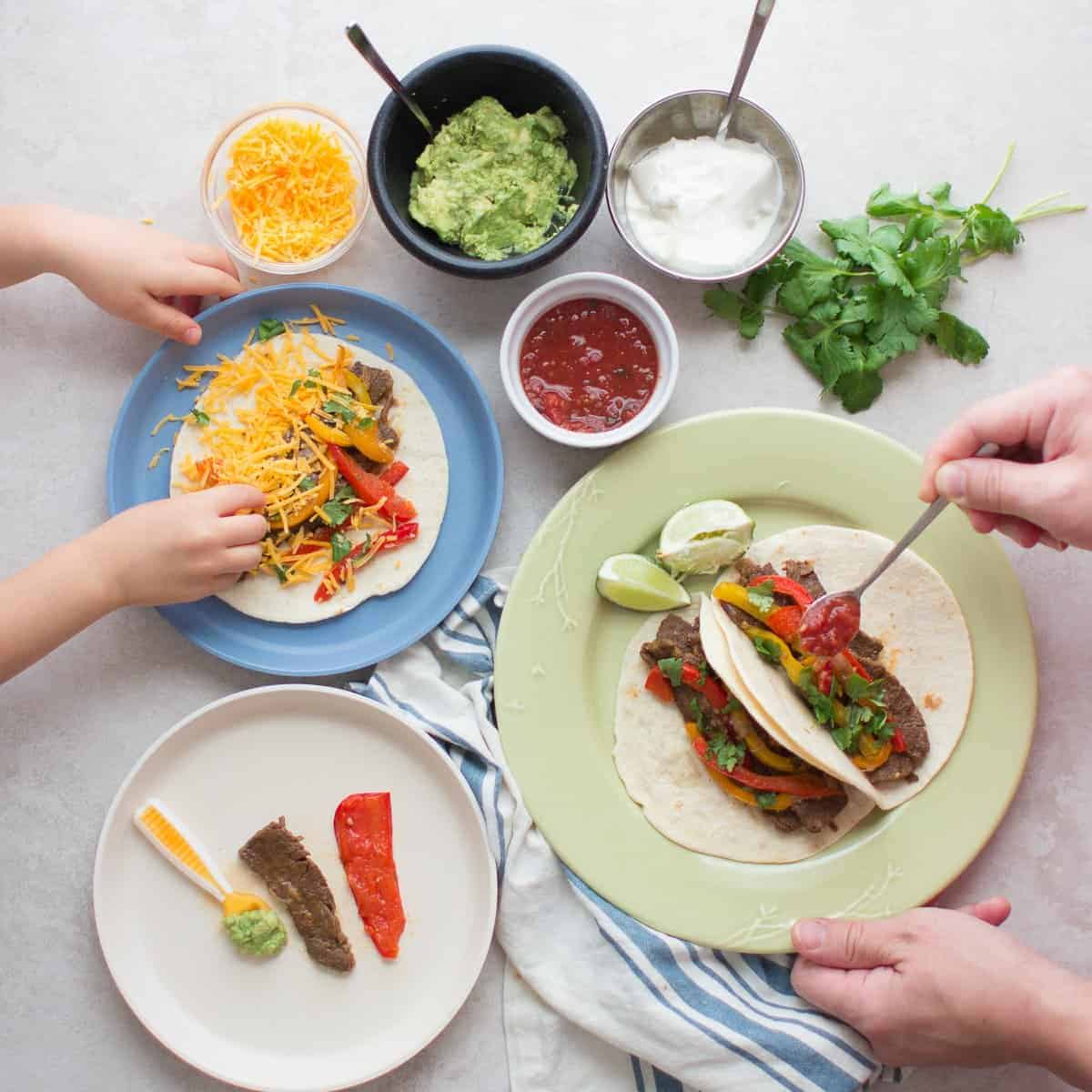
Simply place all the food in the center of the table and allow your child to serve themselves. If your toddler is 2-3 years of age, you may need to help them by asking them to point to what they want and how much and then placing it on their plate.
But first let them try. They just might surprise you with how much they are able to do by themselves.
Family-style meals are especially great for toddlers who desire control and independence. It allows them the freedom to choose what they want within a structured environment. This could be the “secret sauce” to them trying new foods.
It also gives you the ability to cook one meal that can be easily and quickly adapted for everyone.
Not to mention seeing mommy and daddy scooping foods they’re unsure about onto their plates and eating it will generate more curiosity, which can get them one step closer to trying it themselves.
Pictured: Pressure Cooker Steak Fajitas
Keep offering without pressure
While forcing them to eat, to take just one more bite, may seem like the right thing to do in the moment because you want your child to get good nutrition, think again. Here’s the #1 strategy for getting your toddler to eat, and it may be the opposite of what you think!
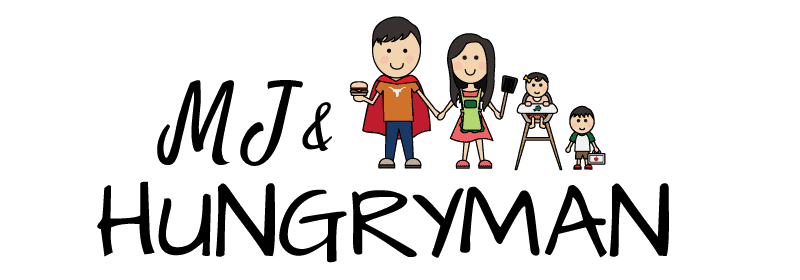
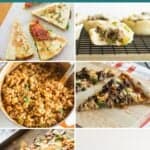
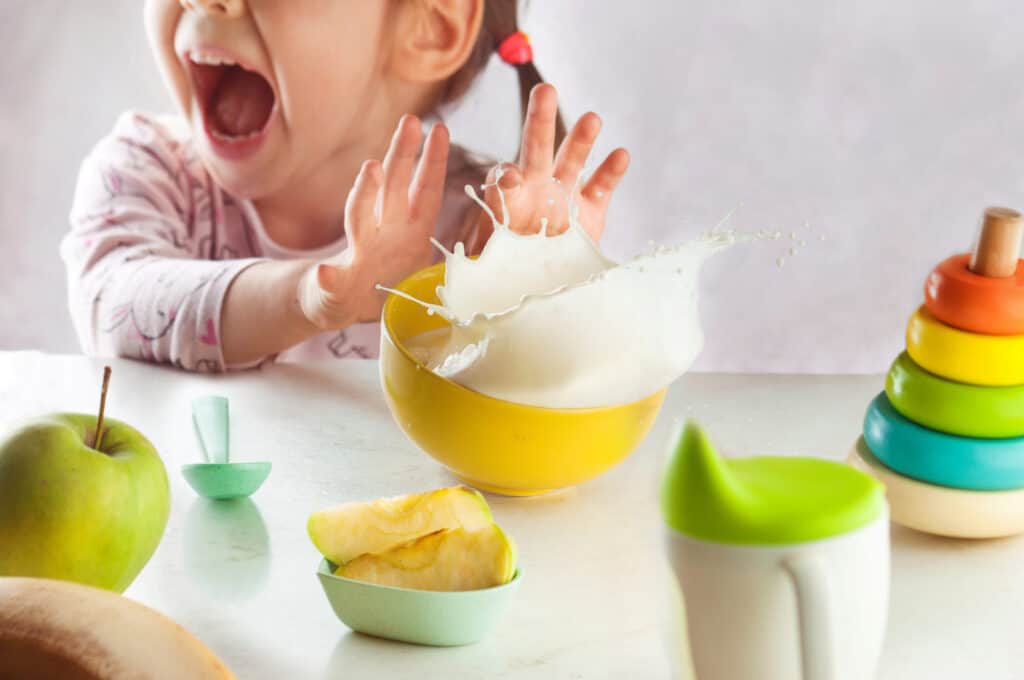


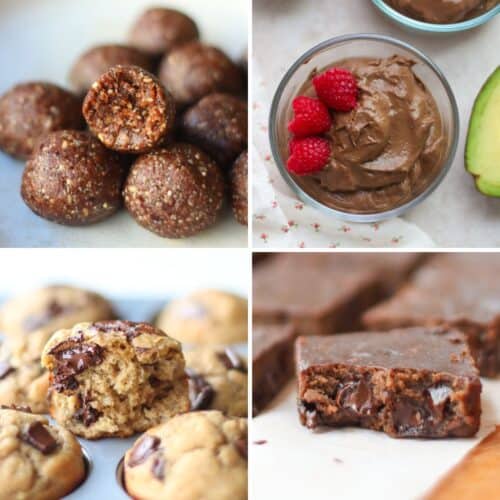


Leave a Reply